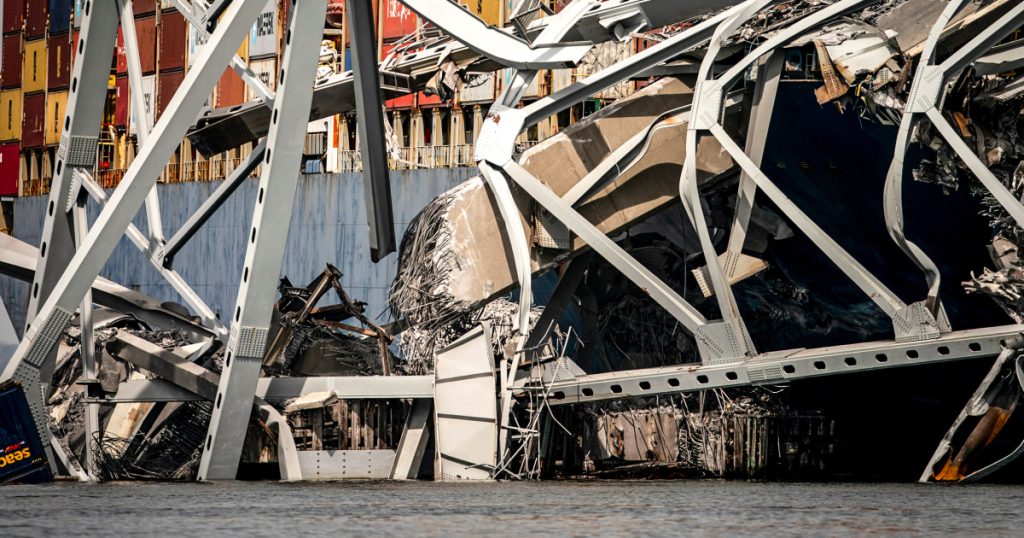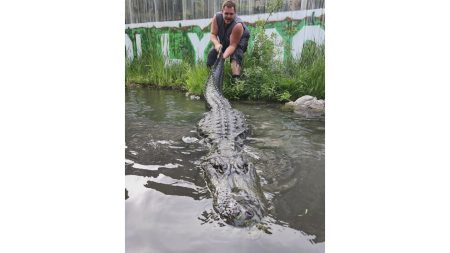The collapse of a Baltimore bridge after a container ship crashed into it has raised questions about the ability of bridges to withstand extreme events. Engineering experts noted that while bridges are designed to resist ship impacts, there is always a possibility of an event beyond the design limits. The Francis Scott Key Bridge, built in 1977, collapsed into the Patapsco River after a container ship struck it, leading to several vehicles crashing into the water and the shutdown of one of the nation’s busiest ports. The Key Bridge was considered to be “fairly unprotected” as it was not designed to withstand ships of the size of the one involved in the collision.
Experts highlighted that design codes for modern bridges dictate the types of loads they should be able to resist, but improvements in bridge design and technology have been made since the 1970s when the Key Bridge was built. Protective infrastructure, such as dolphins, are used on newer bridges to absorb the impact of vessels and redirect them away from the bridge, but it is unclear what protective measures the Key Bridge had. Retrofitting older bridges with defensive infrastructure like dolphins can cost millions, making it a challenge to prioritize such projects, especially with many bridges across the country in need of repair.
The use of protective infrastructure like dolphins has been successful in preventing bridge collapses, as seen in cases like the Sunshine Skyway Bridge in Tampa, Florida. Retrofitting older and more vulnerable bridges to add defensive infrastructure like dolphins could be a solution, but the cost of such projects can be a significant barrier. The recent infrastructure bill signed by President Joe Biden may provide funding for projects to retrofit older bridges and improve their resilience against extreme events like ship collisions.
Increased government oversight of bridges and port operations may be necessary following the collapse of the Key Bridge in Baltimore. Transportation Secretary Pete Buttigieg and investigators from the National Transportation Safety Board have been monitoring the situation and are looking into the causes of the collapse. Experts believe that the event may prompt legislators to take a closer look at vulnerable bridges and assess the types of maritime traffic in ports to prevent similar incidents in the future. Overall, the collapse of the Key Bridge highlights the importance of ensuring the safety and resilience of critical infrastructure like bridges against extreme events.















